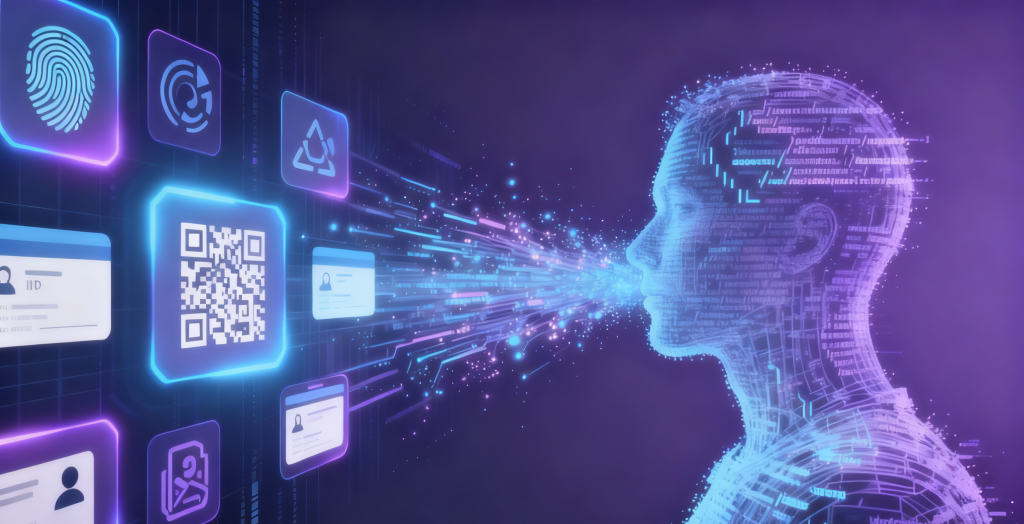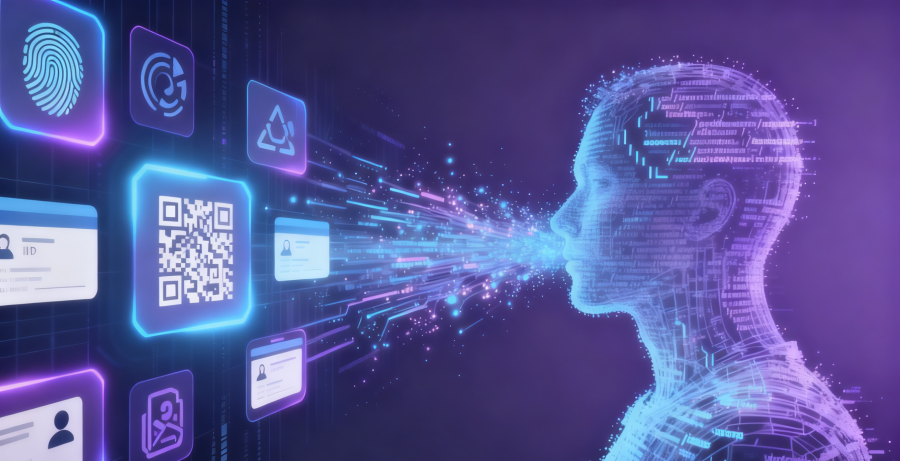
What does “identity” traditionally mean?
Identity traditionally refers to what makes a person unique and distinct from others. Oxford dictionary define it as the fact that a person or thing is itself and not something else. Before the widespread use of the Internet, a person’s identity was shaped by innate, stable factors such as family, regional culture, education, and ideology. As individuals, these factors were solid and rarely changed. However, identity can still evolve over time, influenced by later experiences such as hobbies and social interactions. In general, identity is an abstract image of “myself” created by the combination of individual experiences and personal expression.
Gaining the rights of “identity”
With the rise of the internet, the way identity is built has changed dramatically. The manner in which people express their identities is now evolving quickly. Profiles on digital media are carefully crafted according to the owner’s preferences. Instead of family names and physical appearance, people choose account names and portraits with few restrictions. Traditional factors that once fixed identity have become less important.
At the same time, we are losing the right to “identity”
Internet not only bring us freedom of how we can present and design our identity. It also mean the identity The Internet not only gives us new ways to design and present our identities but also introduces risks of distortion and falsification. Experiences on digital media, which shape our self-identity, can now be manipulated and filtered by big data analytics. As a result, our identities are increasingly influenced by digital platforms in ways we may not always notice.

